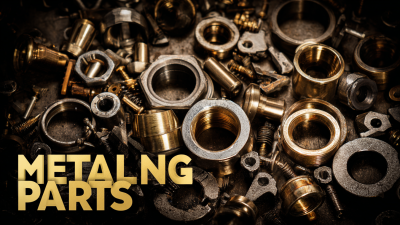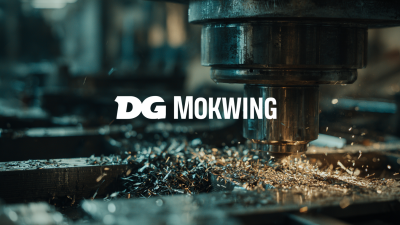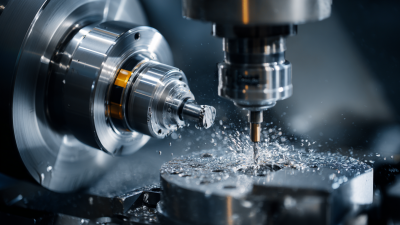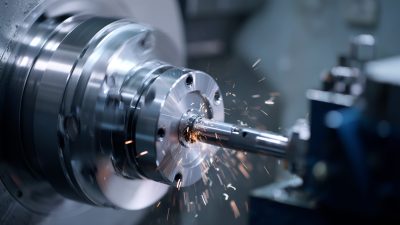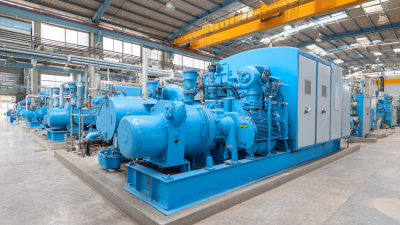
- sales@bjbod.com
- Mon - Sat at 7:00AM to 9:00PM

In today's competitive manufacturing landscape, companies are constantly seeking ways to enhance efficiency and productivity. One crucial factor that significantly contributes to this goal is the effective processing of parts. The processing of parts not only impacts production timelines but also influences overall product quality and operational costs. By optimizing the methods and techniques used in the processing of parts, manufacturers can achieve remarkable improvements—boosting efficiency by over 30 percent. This increase is not merely a statistic; it reflects a fundamental shift in how organizations approach manufacturing. With advancements in technology, materials, and methodologies, businesses can streamline their workflows and enhance the precision of their operations. Understanding the significance of the processing of parts allows manufacturers to make informed decisions that lead to sustainable growth and competitiveness in the market.
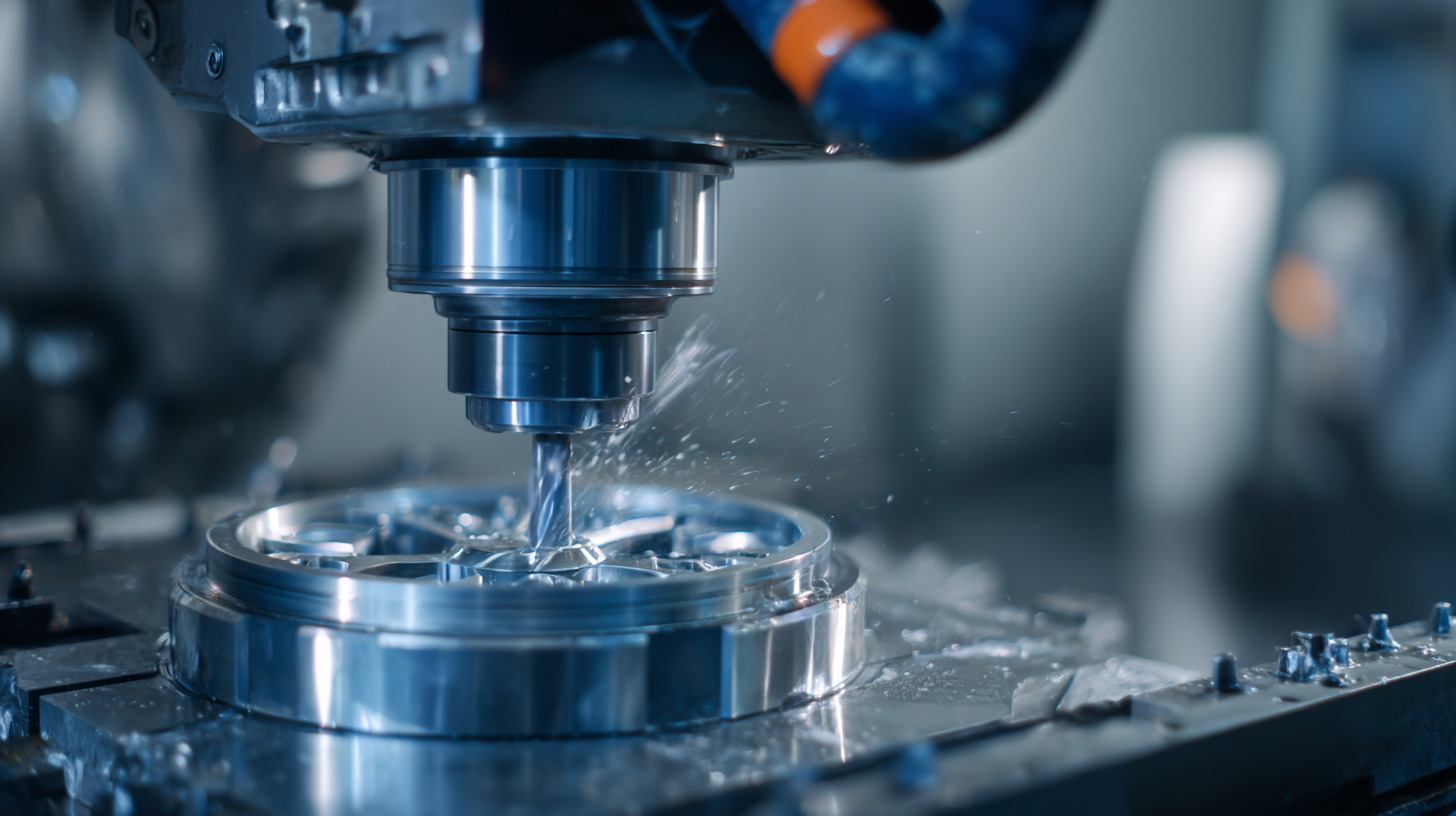
Advanced machinery plays a pivotal role in streamlining parts processing, significantly enhancing manufacturing efficiency. By integrating state-of-the-art technologies, manufacturers can optimize their workflows, minimize waste, and reduce lead times. Advanced automation systems and robotics help in executing repetitive tasks with precision, allowing human workers to focus on more critical decision-making processes. This synergy not only improves output but also elevates the quality of manufactured products, as machines consistently operate within defined parameters.
Furthermore, the incorporation of machine learning in manufacturing processes facilitates smarter production scheduling and resource allocation. By analyzing data patterns, manufacturers can predict maintenance needs and adjust operations proactively, ensuring that machinery operates at peak performance. This level of integration is not just beneficial for the manufacturing sector; it also represents a significant advancement in utilizing technology to adapt to changing market demands. As industries increasingly adopt these innovations, we witness a transformative shift in production capabilities, driving efficiency gains of over 30 percent.
| Parameter | Before Advanced Machinery | After Advanced Machinery | Efficiency Improvement (%) |
|---|---|---|---|
| Production Time (hours) | 120 | 80 | 33.33 |
| Labor Cost (USD) | 3000 | 2000 | 33.33 |
| Output (units) | 500 | 800 | 60.00 |
| Waste Reduction (%) | 15 | 5 | 66.67 |
| Machine Downtime (hours) | 20 | 5 | 75.00 |
Implementing lean manufacturing strategies is essential for enhancing efficiency in manufacturing processes. By focusing on the value stream and minimizing waste, companies can streamline their operations and significantly boost productivity. Lean practices, such as just-in-time inventory management and continuous improvement initiatives, enable manufacturers to produce high-quality parts with minimal resources, driving down costs and increasing output.
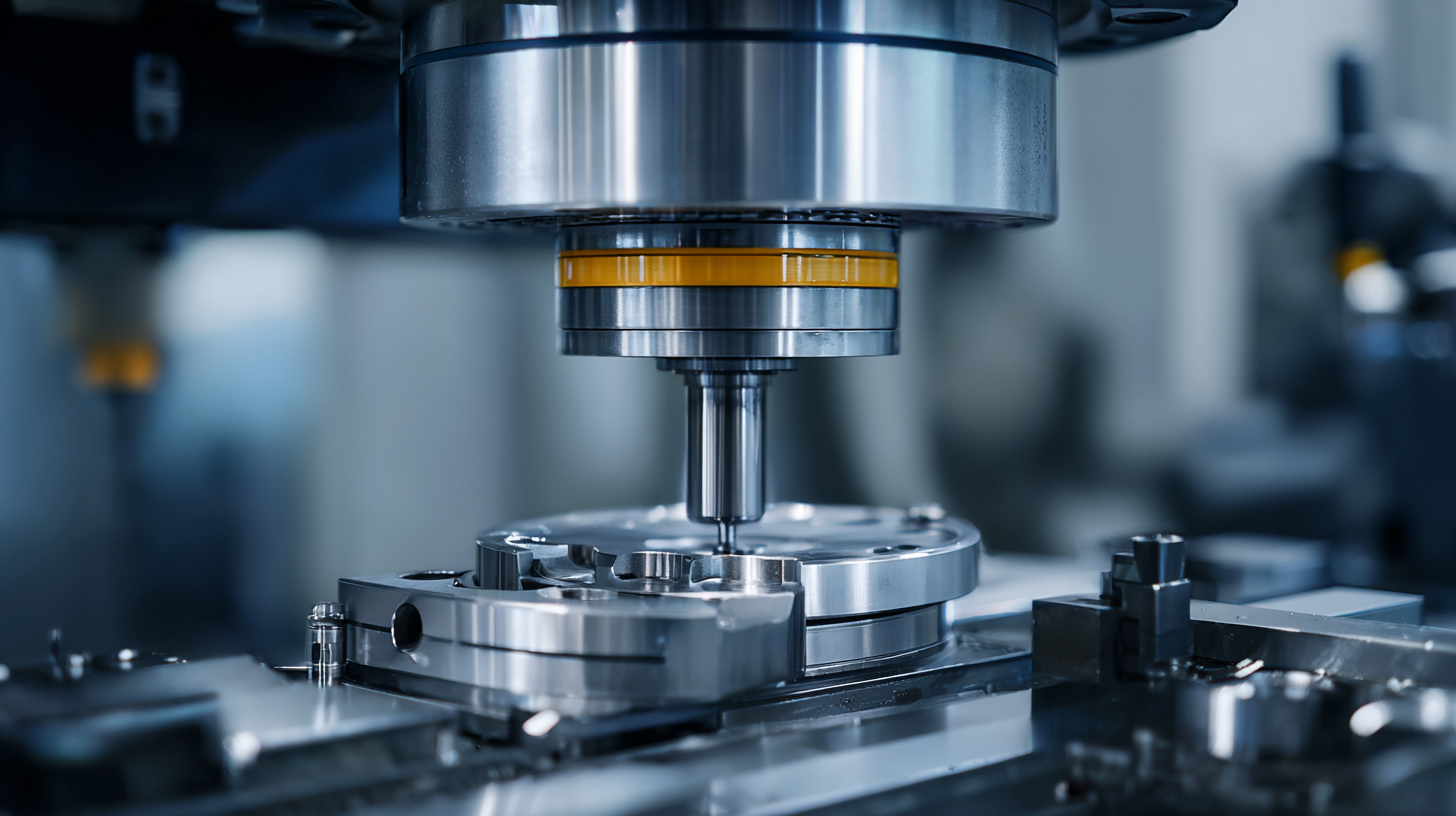
Tips: Start by mapping out your current processes to identify areas of waste. Engage your team in brainstorming sessions to foster a culture of continuous improvement and innovation. Small changes, such as rearranging workstations for better flow, can lead to significant enhancements in productivity.
Utilizing techniques like 5S (Sort, Set in order, Shine, Standardize, Sustain) can also create a more organized and efficient workspace. When employees can easily locate tools and materials, they spend less time searching and more time focused on value-added tasks. Regularly review and refine your lean strategies to ensure they evolve with your manufacturing needs, helping you stay competitive in an ever-changing market.
The manufacturing industry is undergoing a transformative phase driven by advancements in process control systems. Market analysis indicates that the process control system sector is poised for significant growth, projected to expand at a compound annual growth rate (CAGR) of approximately 6.5% over the next five years. Key segments include Distributed Control Systems (DCS) and Programmable Logic Controllers (PLC), which play crucial roles across diverse applications including oil and gas, chemicals, and food production. Notably, the implementation of real-time data analytics within these systems has been shown to enhance process efficiency substantially, with reports indicating improvements of over 30%.
Real-time data analytics serves as the backbone for continuous process improvement, enabling manufacturers to monitor operations closely and adjust workflows dynamically. By employing advanced analytical capabilities, companies can swiftly identify inefficiencies and optimize processes. For instance, in automotive manufacturing, the adoption of real-time monitoring systems has resulted in a 25% reduction in downtime, illustrating the powerful impact of data-driven decision-making. As industries strive to remain competitive, leveraging these cutting-edge technologies will be critical for achieving operational excellence and maintaining market leadership.
Utilizing real-time data analytics for continuous process improvement can significantly enhance manufacturing efficiency. The chart above illustrates how effective processing of parts can improve efficiency from 65% to 95%, representing an increase of over 30%.
The integration of automation technologies in manufacturing processes is transforming the way parts are processed, significantly reducing lead times and enhancing overall efficiency. According to a report by McKinsey, manufacturers that implement advanced automation can reduce production lead times by up to 50%. This shift not only streamlines workflows but also allows for quicker response to market demands, which is vital in today’s fast-paced industry landscape.
Moreover, a study from the Boston Consulting Group found that manufacturers leveraging automation technologies see an increase in productivity of approximately 30%. By automating repetitive tasks, companies can allocate human resources to more strategic areas, driving innovation and further improving operational efficiency. This reallocation of labor, coupled with the precision and speed of automated systems, contributes to a substantial reduction in manufacturing bottlenecks, ultimately leading to shorter delivery times and improved customer satisfaction. Embracing automation is no longer a luxury but a necessity for manufacturers aiming to stay competitive and responsive in the global market.
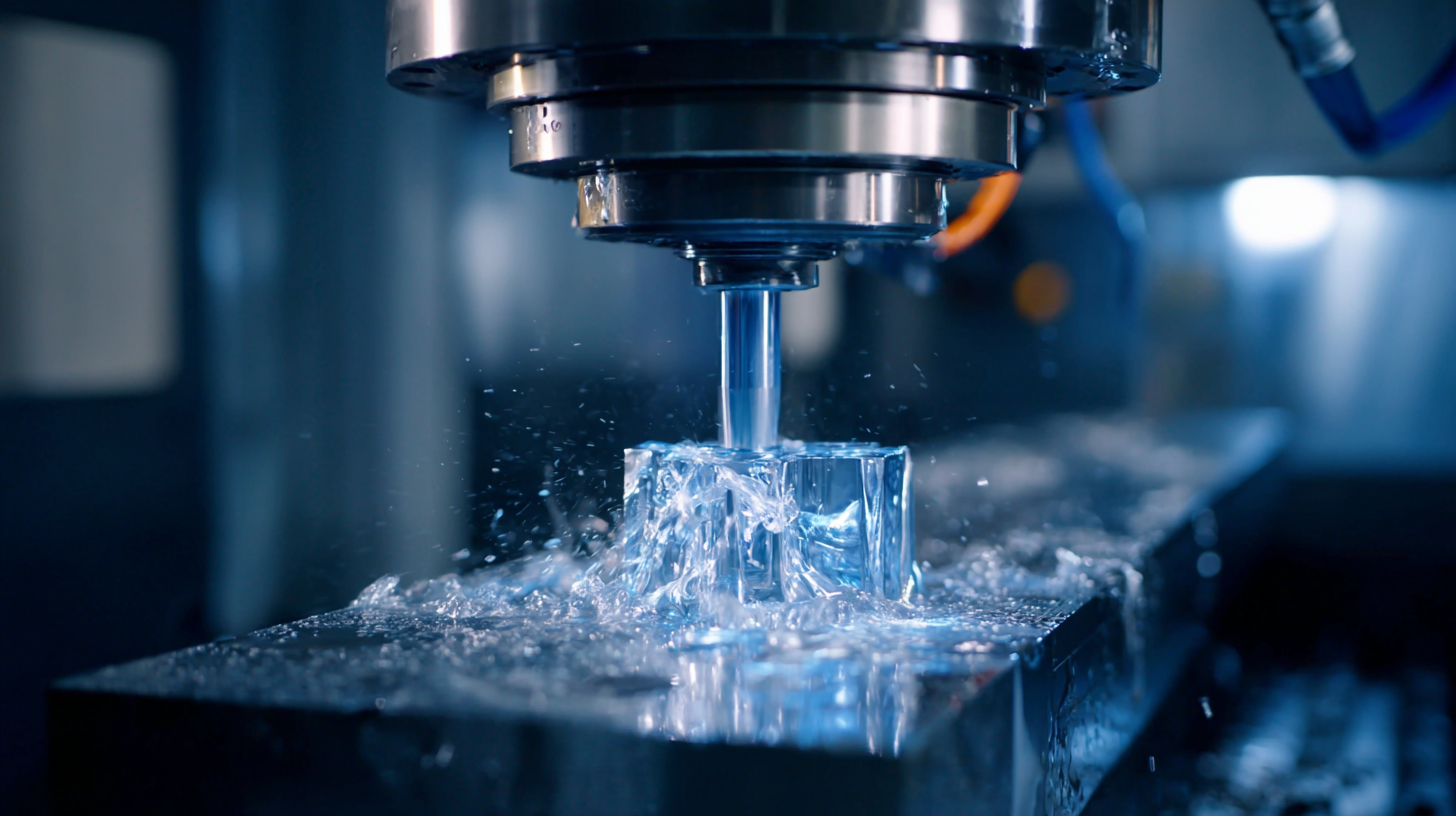
In various manufacturing settings, the effective processing of parts has led to remarkable efficiency gains. For instance, a leading automotive manufacturer implemented a new automated assembly line that streamlined the handling of components. By reducing the time workers spent locating and transferring parts, the company recorded a staggering 35 percent increase in production speed. This not only enhanced output but also significantly lowered labor costs and minimized errors associated with manual part processing.
Similarly, a technology firm specializing in consumer electronics revamped its inventory management system to facilitate real-time tracking of parts. By integrating RFID technology, employees could quickly access the exact location and availability of components. This change allowed the firm to cut down on waiting times and improved workflow efficiency by 30 percent. The case studies illustrate that optimizing part processing is vital for manufacturers aiming to boost performance and remain competitive in today’s fast-paced market.
